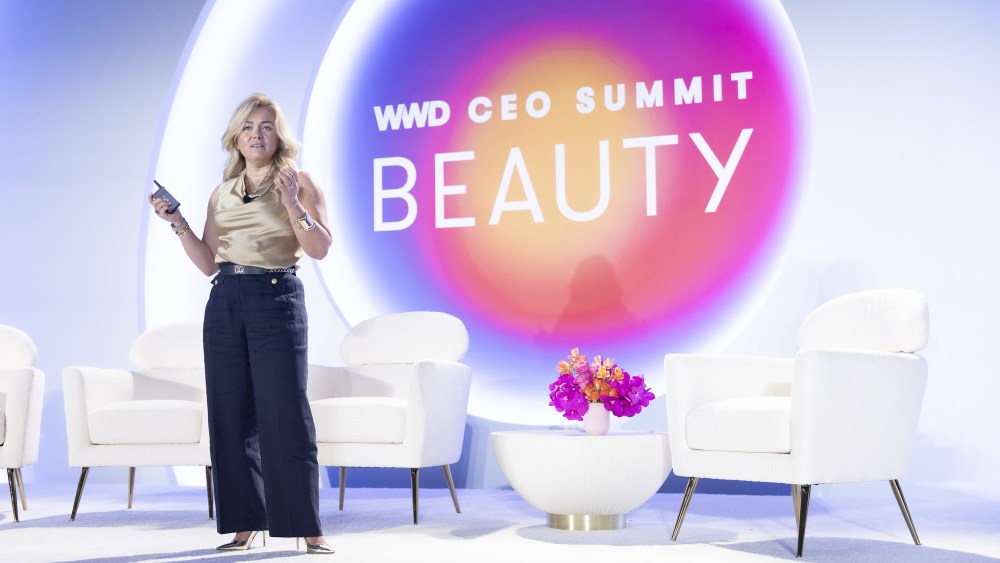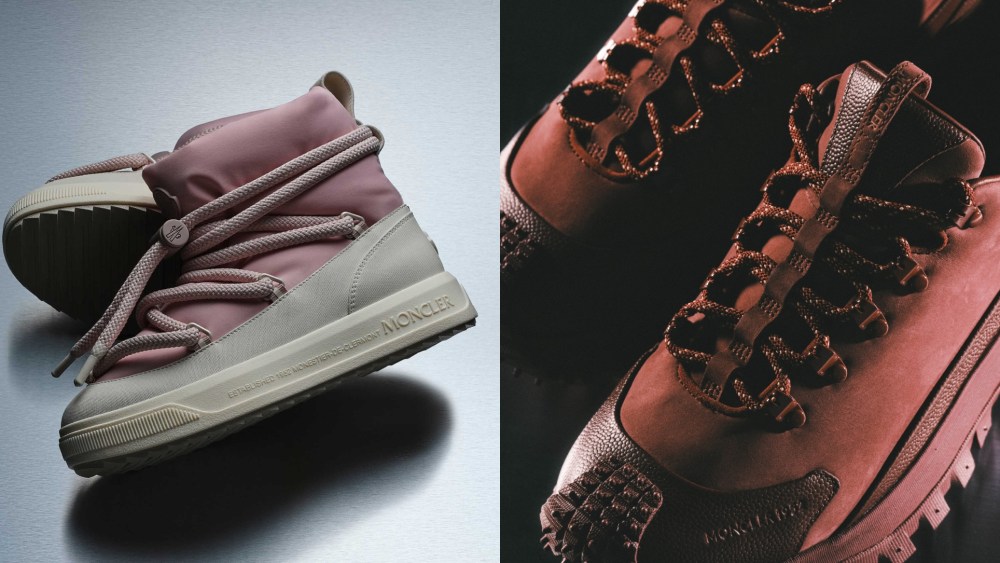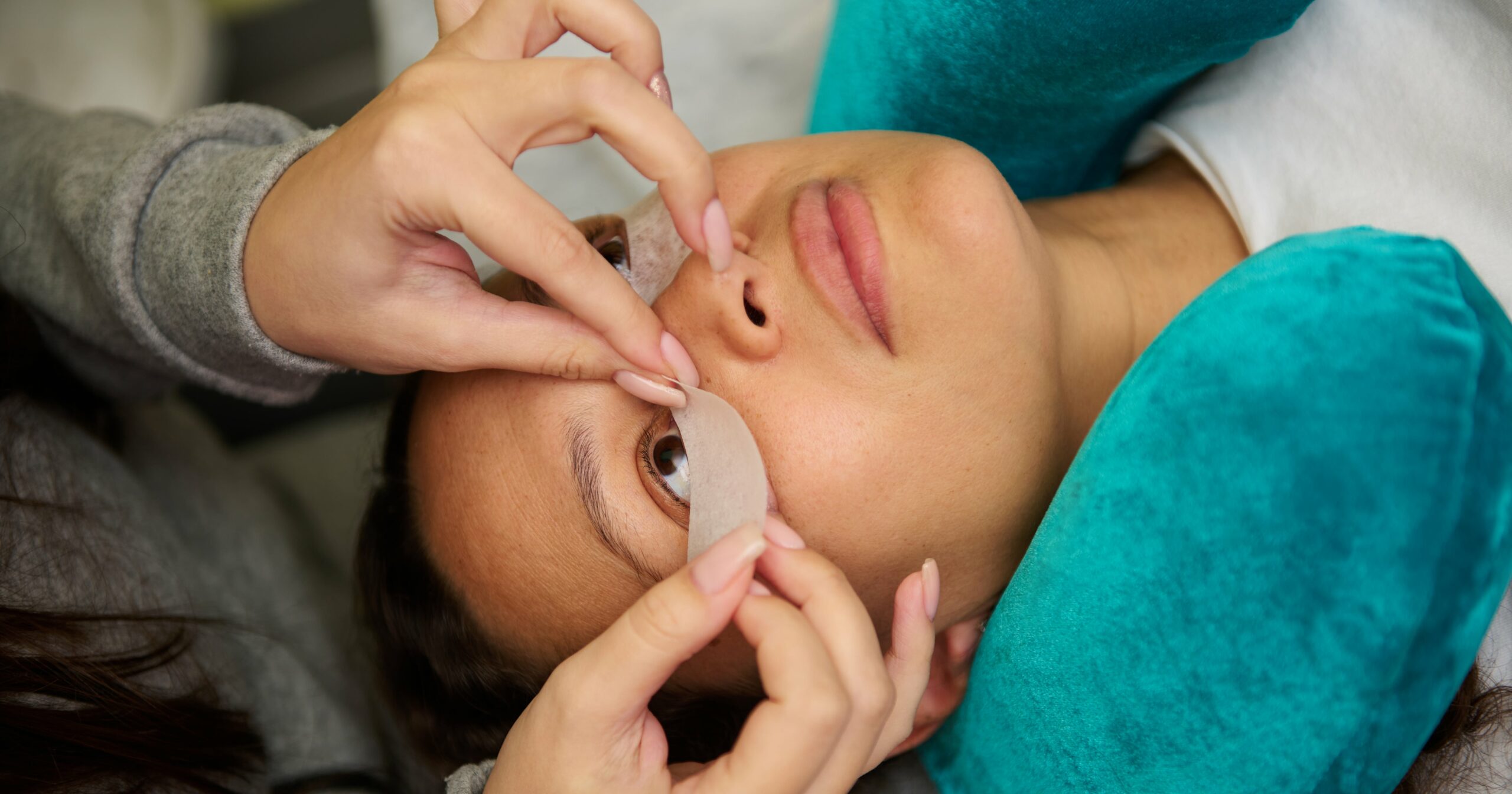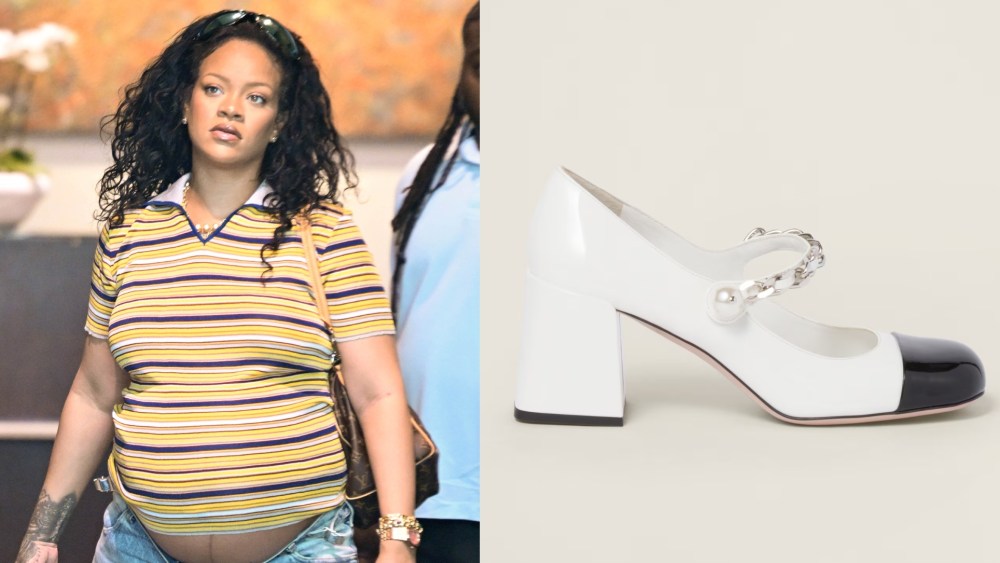As the number-one beauty destination in the U.S., Amazon was a recurring topic at WWD’s Beauty CEO Summit this year. There has been a surge within the beauty industry to join the platform over the past few years with recent wins including Clinique, Lancôme, Shiseido, IT Cosmetics, The Outset by Scarlett Johansson, Youth to the People, Loved01 by John Legend, Keys Soulcare, Dyson, BareMinerals and Urban Decay.
As more brands enter the space, many consumers use Amazon as their beauty go-to. In 2023, in the U.S., Amazon sold a billion-plus beauty products to more than 100 million beauty customers. There are more than 100,000 brands available in the Amazon Beauty store.
Related Articles
“Amazon Beauty is all about driving the category and the industry overall,” said Melis Del Rey, general manager, U.S. stores, beauty, baby and beauty technology at Amazon. “It’s all about net new incremental customers, and it’s net new incremental shopping opportunities for the brands that we work with. When we think about the growth over the past two decades, fundamentally the principle is [that] customer obsession in building that broadest offering to the beauty customers is what’s been driving the growth.”
Serving more than 100 million unique beauty customers who are incredibly diverse and made more than 1 billion product purchases just last year, del Rey said, shows Amazon’s broad reach of customers. For both customers and brands, she said, Amazon is an inclusive retailer.
“Our mission is to excite and offer our customers the biggest and the most iconic brands they know and love, as well as discover some of the most emerging and trendiest brands that take social media by storm,” Del Rey said.
As a customer-obsessed company, Amazon takes great care in understanding its customers and providing them with a personalized experience. Amazon’s customer data reveals three distinct consumer behaviors — not customer types — and there is an understanding that all customers can display all of these behaviors at any given time depending on their shopping mission or the category they are interacting with. For example, a customer might display a “replenisher” behavior using Amazon’s Subscribe and Save feature for one product but display “exploring” behaviors when looking for another.
The customer experience is built with machine learning that understands behavior models giving shoppers opportunities to shop the way they want to. Using these models, Amazon also creates elevated experiences with personalization from upper funnel engagement to checkout. These experiences range from innovative technology, like virtual try-on, to bespoke brand stores that tell a brand’s story.
In addition to holding personalization as the cornerstone of Amazon Beauty’s marketing, the marketplace offers brands its influencer program, affiliate program and options to retain and drive loyalty through Subscribe and Save. Amazon’s homepage, said Del Rey, is the company’s primary channel for exploration. According to data, in 2023 Amazon’s homepage viewership was three times the viewership of the Super Bowl during that time.
Events are also a huge business driver.
“Events are our number-one lever when it comes to acquiring new customers,” Del Rey said. “Despite the fact that we reach over 100 million customers, we continue to grow our customers by double digits.”
Last year, Amazon held two beauty-specific events to help customers discover products and save with deals. Amazon recently ran its second Summer Beauty Haul event, which ended May 19.
“The world is evolving really fast, and we need to evolve with the pace,” Del Rey said. “And it’s really about driving that innovation from an experience point of view for our customers.
“We’re hoping to inspire and inspire our customers for the next two decades to come.”



